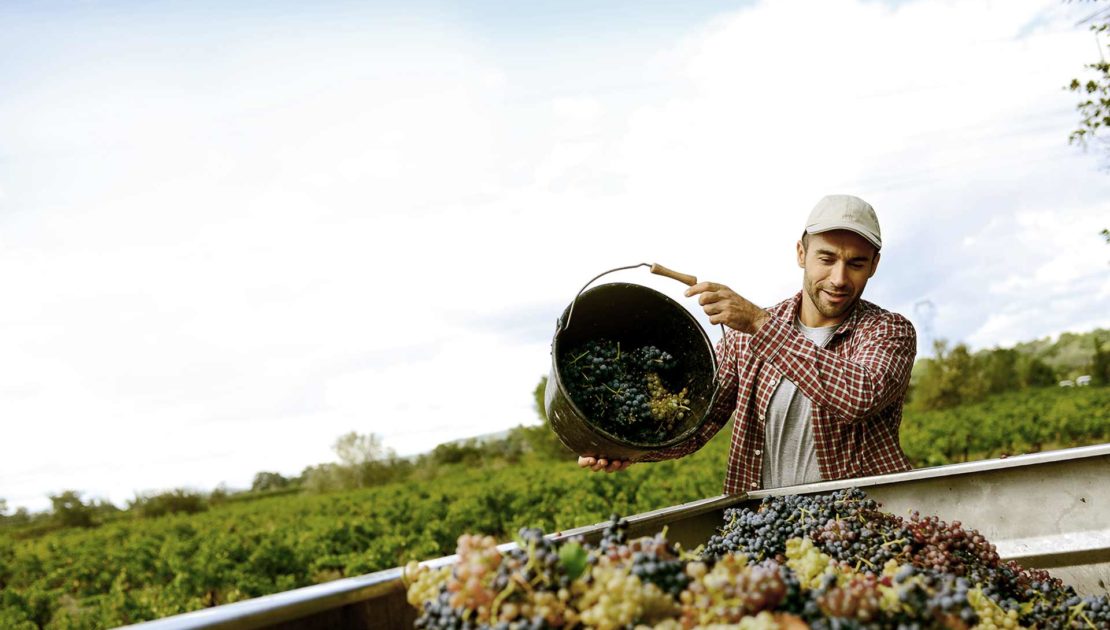12 Italian terms wine lovers need to know

Italian wine can be confusing. But there is joy in learning. Here are 12 terms you should know.
by Erin
Italy.
Just the name conjures up breathtaking sun-drenched beaches, misted by salt spray from the Mediterranean waves. The rustic elegance of Tuscan farmhouses nestled between rolling, vineyard covered hills and stately Cypress trees. The chic Roman trattorias, humming with animated conversation, hazy with cigarette smoke (how is it Italians make smoking look so sexy?), and bustling with busy waiters loaded down with platefuls of simple but joyously flavourful pasta.
And then there’s the wine.
Like any worthy Italian love affair, this is a relationship of intense passion – and crushing confusion.
But also like any all-consuming dalliance, Italian wine lovers may find themselves craving more and more, desperate to know every little thing about the object of their affection – if only to help them appreciate their mysterious inamorata.
To get things started, let’s begin with common Italian wine terms. So at least you can understand the language of vino love.
DOCG
Denomiazione di Orgine Controllata Garantinta. This acronym is printed on wine labels to show the wine is of the highest class under Italian law. The wines in this category are produced in specific areas, and made according to strict criteria – including aging, harvesting, grapes used, and production methods. Some of Italy’s most revered wines: Barolo, Brunello, Chianti Classico, for example, are all ranked DOCG.
DOC
Denomiazione di Orgine Controllata. The next step down on the legislative ladder is DOC. Laws surrounding the production of DOC wines, while a bit looser than DOCG, are still quite rigorous.
IGT
Indicazione Geographica Tipica. This is an interesting category that was created to give winemakers more flexibility – using international grapes, for example, amongst other things. This freedom has led to some terrific – and terrifically expensive – wines, most notably the famed Super Tuscans.
Spumante
A fully sparkling wine that has energetic bubbles, just like Champagne.
Metodo Classico
Italian for the classic method of making a sparkling wine. This production technique is how Champagne is made, undergoing secondary fermentation (or getting the bubbles), in the same bottle you see on store shelves.
Riserva
Riserva wines are aged longer and are more legislated in their production than non-riserva wines. However, specifics vary between regions.
Classico
Classico wines are made in the classic area of a demarcated DOC or DOCG region. Usually this means top vineyard sites on the best hills, with premium soil.
Superiore
A wine that has higher alcohol than non-superiore.
Appasimento
The winemaking technique of partially drying out the grapes before pressing. This intensifies the flavours and alcohol in the wine. This is most popularly done with Amarone.
Ripasso
Literally meaning “repassed” in Italian. This refers to the winemaking technique where the used skins of Amarone are used a second time in order to give simple Valpolicella a bit more body and structure.
Bricco
Used specifically in Piedmont. Bricco refers to the highest point on a hill or slope, and usually the most coveted vineyard site.
But perhaps the most important of all….
“Un bicchere di vino, per favore.”
“A glass of wine, please.”
Want to learn more about Italian wine? We customize our tastings to suit your needs. Book your virtual or in-person experience now!
